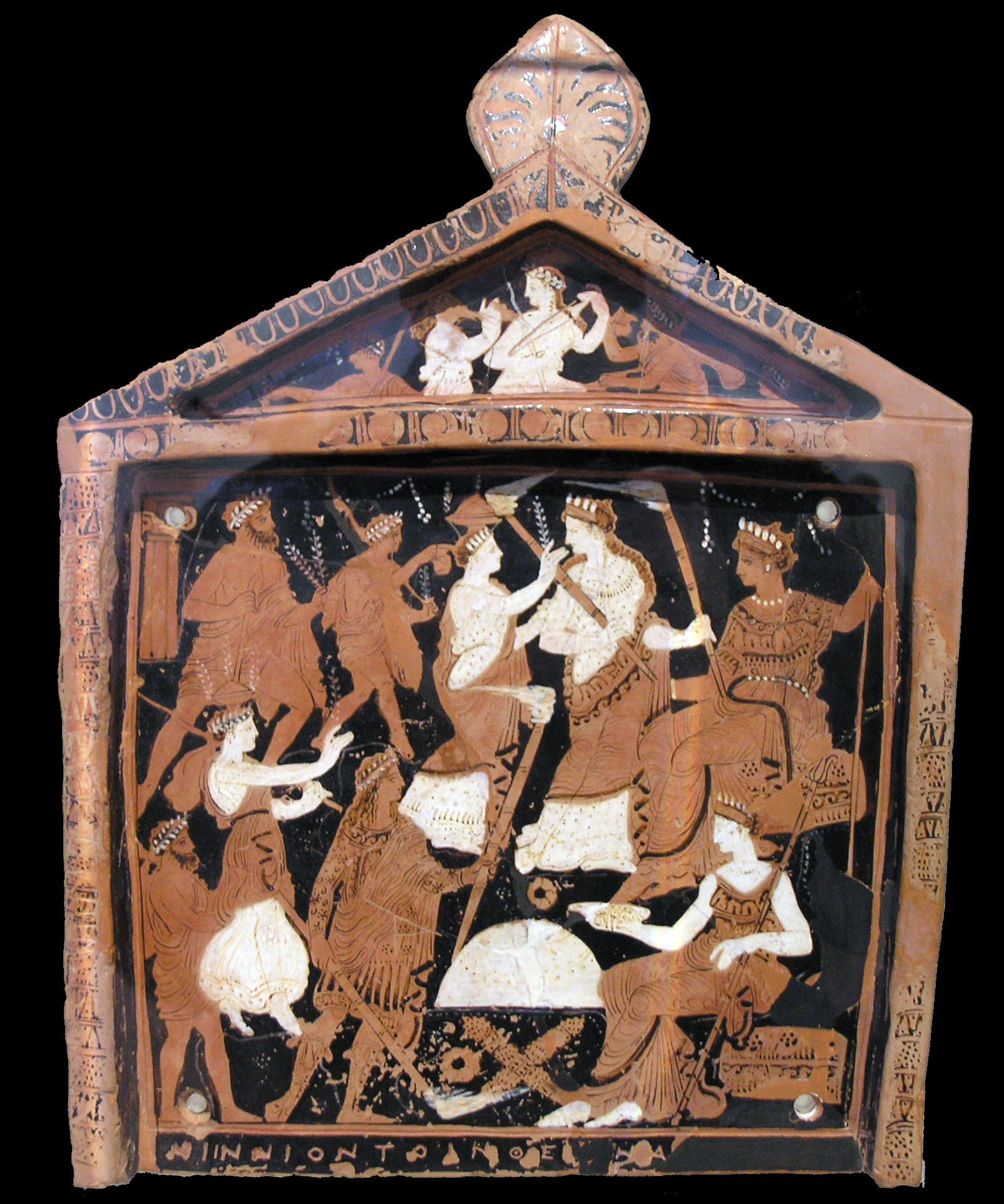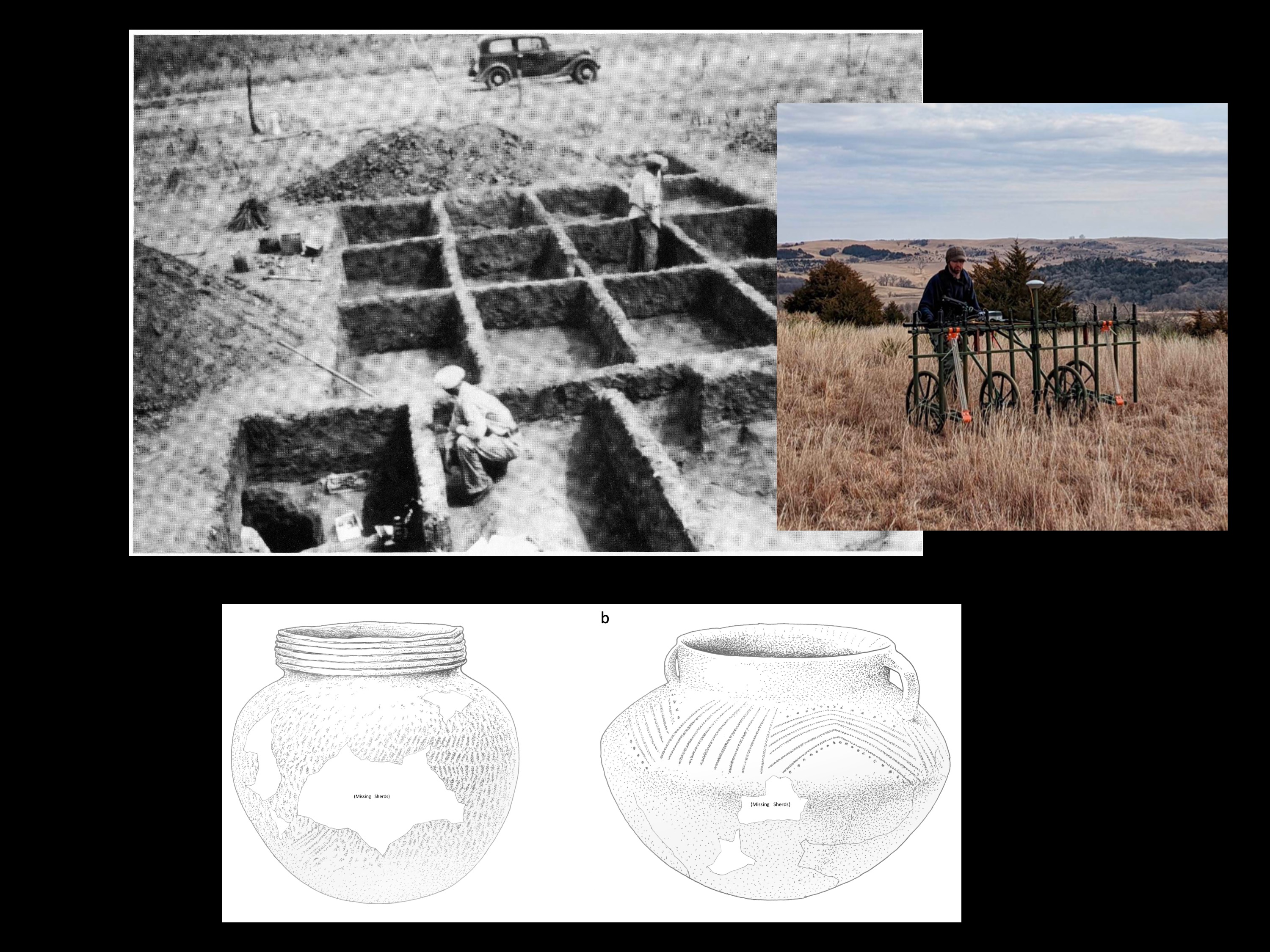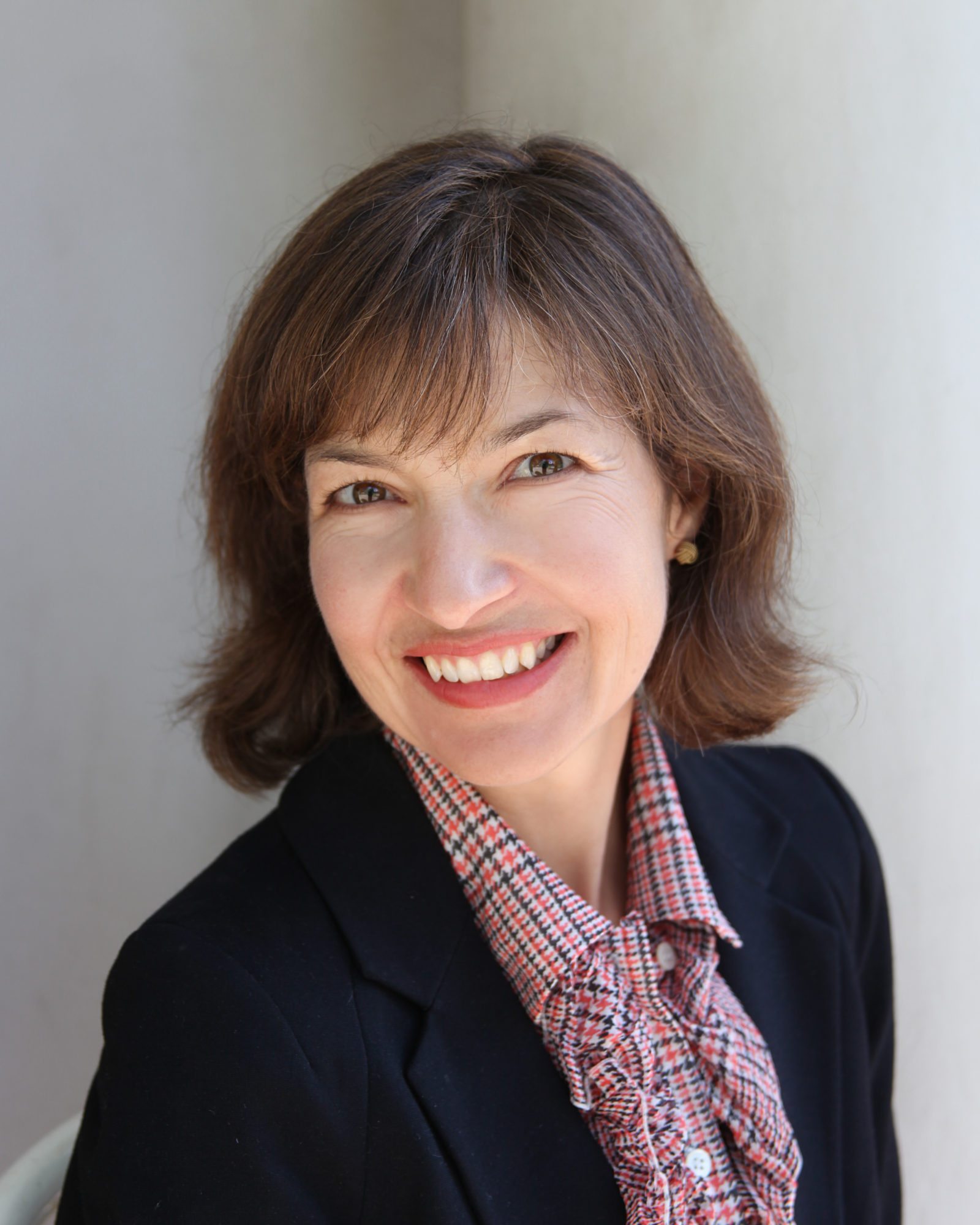
The Arizona Sicily Project: Survey and Excavations in the province of Trapani presented by Dr. Emma Blake
CU Museum of Natural History Broadway, Boulder, CO, United StatesA decade of fieldwork in westernmost Sicily has revealed a previously unnoticed pattern: high quantities of North African artifacts in virtually all periods, from the Paleolithic to the present day. From prehistoric stone tools, to Carthaginian amphoras and Roman finewares, to the soda bottles of contemporary migrants, a picture emerges of a deep and enduring […]
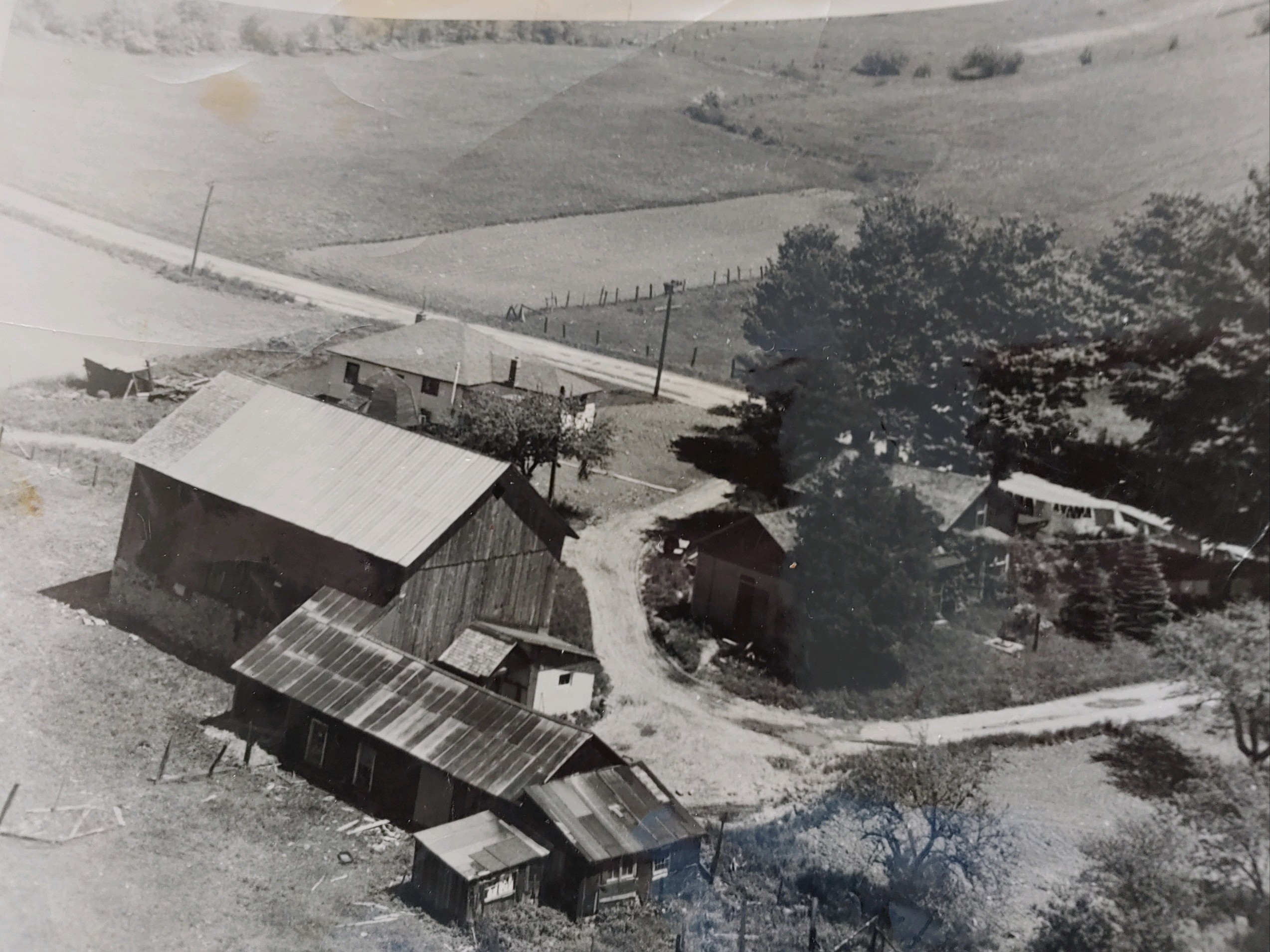

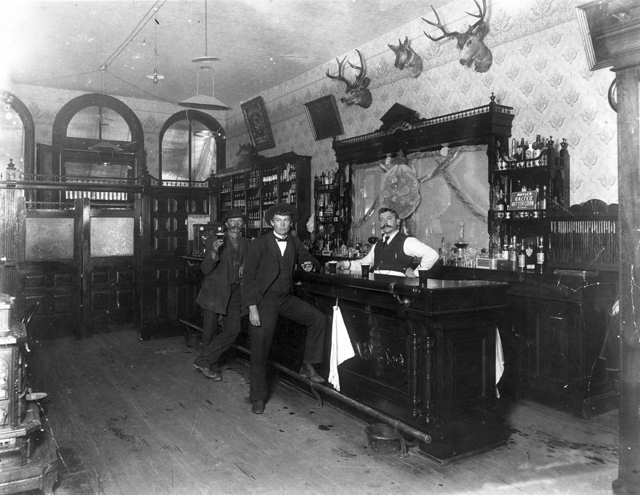
![Rupp-October2024-slide[26]](https://www.archaeological.org/wp-content/uploads/2024/09/Rupp-October2024-slide26.jpg)
